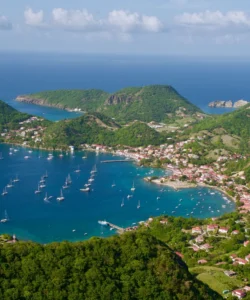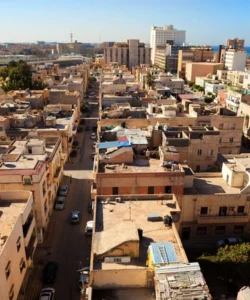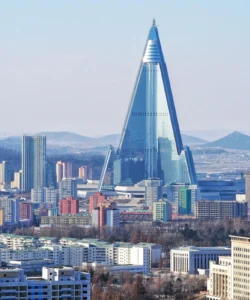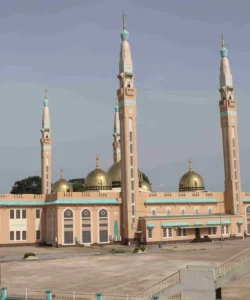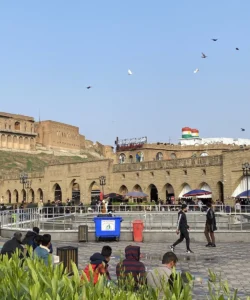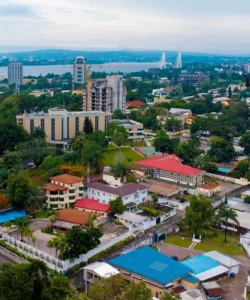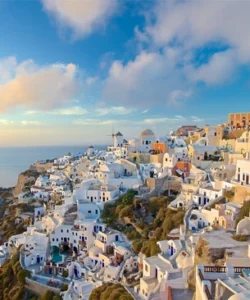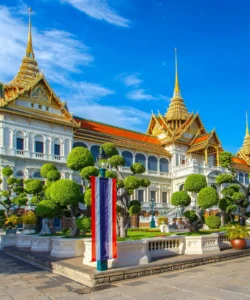South Korea, officially the Republic of Korea, is a fascinating country in East Asia known for its vibrant culture, technological advancements, and rich history.
![]()
Area & Population:
South Korea has a population of approximately 51.6 million people. Its total area is about 100,210 square kilometers.
Language:
The official language of South Korea is Korean. While there are regional dialects, the standard dialect is based on the Seoul dialect and is widely understood.
Currency:
The currency used in South Korea is the South Korean Won (KRW).
Religion:
South Korea is a multi-religious society. Major religions include:
- Christianity: Protestants and Roman Catholics make up a significant portion of the religious population.
- Buddhism: Has a long history and strong presence.
- Confucianism and Shamanism: Have historically informed Korean life and continue to influence cultural practices.
- Other religions, including Islam, are also present.
Capital & Major Cities:
- Capital: Seoul is the bustling capital and largest city, with a metropolitan area population exceeding 22 million. It’s the economic and cultural heart of the country.
- Major Cities: Other significant cities include:
- Busan: South Korea’s second-largest city and a major port city, known for its beaches and seafood.
- Incheon: The third-largest city, home to a major international airport and rapid development.
- Daegu: Known as the fashion capital and for its hot summers.
- Gwangju: A cultural hub in the southwest.
- Daejeon: A centrally located city with many parks.
- Ulsan: A major industrial city.
Attractions & Wonders:
South Korea offers a diverse range of attractions, blending ancient traditions with futuristic modernity.
- Historical & Cultural Sites:
- Gyeongbokgung Palace (Seoul): The grandest royal palace of the Joseon dynasty, offering a glimpse into Korea’s imperial past.
- Bukchon Hanok Village (Seoul): A traditional village with well-preserved “hanok” (traditional Korean houses) offering scenic alleys and views of the city.
- Hahoe Folk Village (Andong): A UNESCO World Heritage site, showcasing traditional Joseon-era architecture and village life.
- Changdeokgung Palace (Seoul): Another beautiful palace, also a UNESCO site, known for its secret garden.
- Bulguksa Temple and Seokguram Grotto (Gyeongju): UNESCO World Heritage sites representing the golden age of Buddhist art in the Silla Kingdom.
- Hwaseong Fortress (Suwon): A UNESCO World Heritage site, an impressive example of 18th-century Korean military architecture.
- Modern Landmarks:
- Lotte World Tower (Seoul): South Korea’s tallest building, offering panoramic city views from its observation deck.
- Dongdaemun Design Plaza (DDP) (Seoul): A futuristic architectural masterpiece by Zaha Hadid, a cultural hub for design and fashion.
- N Seoul Tower (Seoul): Iconic landmark offering stunning cityscapes.
- Busan Cinema Center (Busan): An architectural wonder with a massive cantilevered roof, home to the Busan International Film Festival.
- Natural Wonders:
- Seoraksan National Park: Famous for its majestic mountains, diverse flora and fauna, and beautiful autumn foliage.
- Jeju Island: A volcanic island with unique geological features, including Seongsan Ilchulbong (Sunrise Peak) and Hallasan (the highest mountain in South Korea).
- Taejongdae Park (Busan): A marine park with dramatic rocky cliffs and coastal views.
- Jusangjeollidae (Jeju Island): Impressive columnar joint rock formations along the coast.
Architecture:
Korean architecture is characterized by its naturalistic tendencies, simplicity, and sloping tiled roofs.
- Traditional: Buildings often rise from stone subfoundations to curved roofs supported by wooden posts and intricate bracket systems. Examples include palaces, temples, and traditional “hanok” houses.
- Modern: South Korea’s cities boast impressive contemporary architecture, from towering skyscrapers to innovative cultural centers like the DDP.
Roads:
South Korea has a well-developed and extensive road network, including high-speed railways connecting major cities and a comprehensive highway system. The road infrastructure is generally excellent, making travel within the country efficient.
Hotels:
The South Korean hotel industry is booming, especially in the luxury segment, driven by increased tourism and international events. You’ll find a wide range of accommodations, from luxurious international hotel chains to boutique hotels, traditional guesthouses (hanok stays), and budget-friendly options, particularly in major cities and tourist areas.
Restaurants & Cuisine:
Korean cuisine is renowned worldwide for its bold flavors, healthy ingredients, and communal dining experience.
- Staples: Rice dishes and kimchi (fermented spicy cabbage) are fundamental to almost every meal.
- Popular Dishes:
- Bibimbap: A mixed rice dish with vegetables, meat, and a fried egg, often served with gochujang (chili paste).
- Bulgogi: Marinated grilled beef or pork.
- Samgyeopsal: Grilled pork belly, a popular BBQ dish.
- Kimchi Jjigae: A spicy and savory kimchi stew, often with pork or tofu.
- Sundubu Jjigae: Soft tofu stew, often spicy and served bubbling hot.
- Japchae: Stir-fried glass noodles with vegetables and meat.
- Tteokbokki: Spicy stir-fried rice cakes, a popular street food.
- Korean Fried Chicken (Chimaek): Crispy fried chicken often paired with beer.
- Dining Scene: South Korea offers a vibrant dining scene, from street food stalls and casual eateries to trendy cafes and high-end fine dining restaurants. Seoul, in particular, has a thriving culinary landscape with numerous Michelin-starred establishments and diverse international cuisines.

